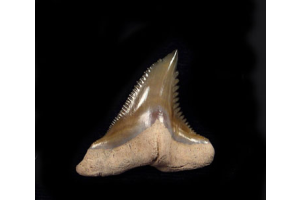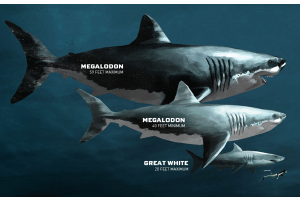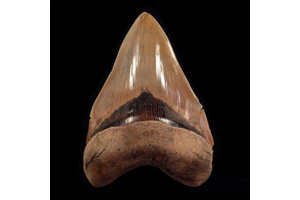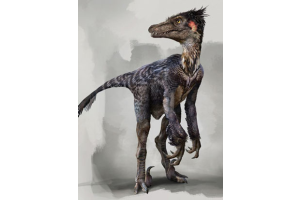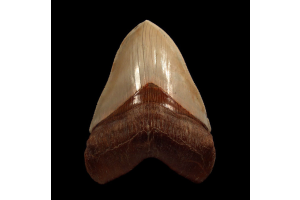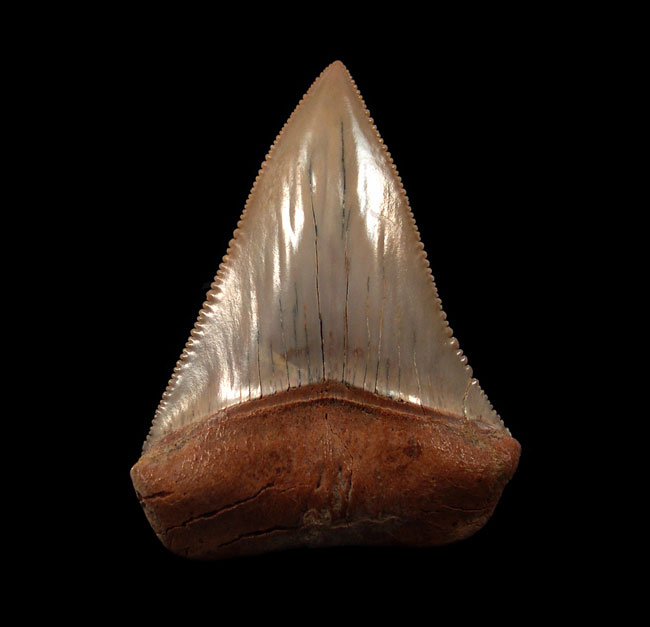
More people are killed in road accidents than by shark attacks each year. But, thanks to their ferocious depiction in movies, Great White sharks are the most feared apex predators on the planet.
Dispelling myths, scientists are learning more about these mysterious creatures lurking in the ocean's depths. From mating to migratory patterns, there's still much left undiscovered about this giant predator that can grow up to over 15 ft in length!
Great Whites are incredible hunters and can only be beaten at their game by orcas or fellow sharks. Considering they're primarily known for their killer instincts, the fascination with their eating technique and teeth tops the list. Partly owing to the popularity of Steven Spielberg's thrilling movie 'Jaws,' the appeal of shark teeth is rife, especially with collectors.
If you are unfamiliar with collecting shark teeth, you might need to realize that these artifacts are fossils rather than merely shark teeth. Sharks have been on Earth for around 400 million years; the most famous shark fossil is a megalodon.
Like all other fossils, Great White shark's teeth carry value owing to their exciting traits and limited accessibility due to environmental rules. This makes Great White shark teeth for sale a prized possession, traded by enthusiasts and collectors.
We narrow down some lesser-known facts about their jaw and teeth to understand why some people take pride in collecting these fangs:
Anatomy
A Great White shark has more than 300 razor-sharp, triangular, serrated teeth that are constructed and specifically designed to pierce through flesh and tear it apart. Their two-inch triangular, white, sharp teeth are impossible to look beyond when watching shark-feeding films. Most of the biting occurs in the front set, which is also the largest.
There are about five rows of teeth providing approximately 300 teeth total, which shed and get replaced. During a Great White's life, it's estimated they lose more than 20,000 teeth. Rows of coil-like tooth reserves serve as replacement teeth and are positioned in the jawbone as an instant backup. If one is lost, another swings forward, making their toothy weapons always on hand.
Powerful Bite
The Great White shark is by far the most powerful shark species in terms of jaw strength. It has a massive and powerful bite that is almost 4,000 pounds per square inch (psi) strong.
All sharks can move both the top and bottom jaws simultaneously. But a Great White shark ambushes a predator with its incredibly powerful bite, chomps massive chunks of meat, and swallows it. Instant, clean, effortless kill, that's the beauty of a Great White's bite.
Teeth Wear And Tear
As humans, we are often advised not to overwork our teeth. But for a mean hunter like a Great White, the jaw and teeth are designed to maximize their killing instincts. Great Whites have a considerable appetite, consuming up to 40 pounds of meat in one large morsel. Imagine what they're capable of eating as a whole!
Their favorites to feast on include seals, sea lions, fish, and other sharks. Given the power in their bite, they're known to enjoy sea turtles, effortlessly cutting through their hard, protective shells.
Retractable Teeth
The Great White shark's teeth can rotate and retract, much like a cat's claw. In addition to the primary set, the Great White shark's lower jaw has additional rows of teeth. The shark's teeth turn inward when the jaw is closed and outward when it's open. Because the teeth have pressure receptors and sensory nerve cells, Great Whites have a highly developed sense of touch.






